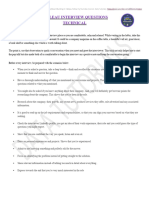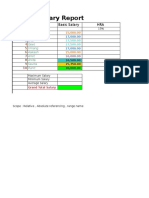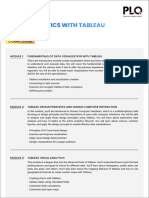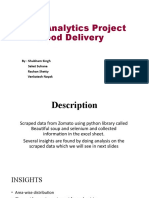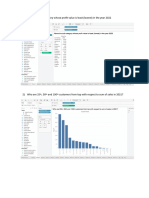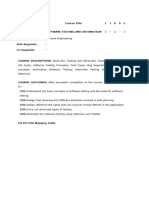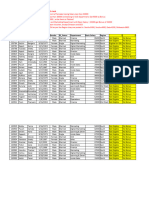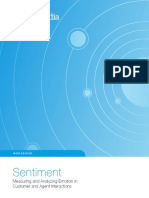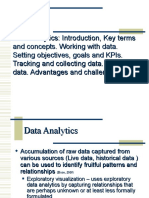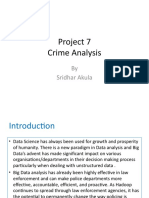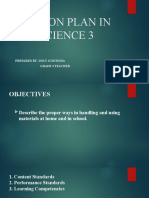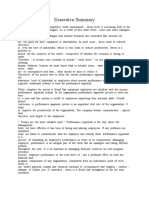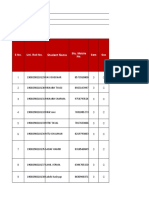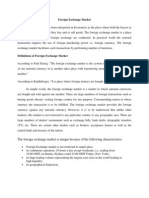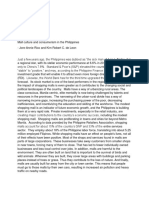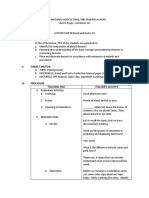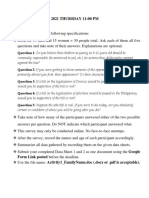GTM
DEALER SEGMENTATION FOR
ACTIVATIONS
via targeted salesforce deployment
SGA
Case Study
November, 2019
info@sganalytics.com
www.sganalytics.com
www.linkedin.com/company/sg-analytics
NEWYORK | LONDON | ZURICH | PUNE | HYDERABAD
www.sganalytics.com Page | 1
�GTM ACTIVATIONS
Client
A leading automobile parts manufacturer
Business situation
Our client had over 5,000 dealers across key markets. The client wanted to
achieve 20% increase in sales driven by the launch of a new product line
The client’s 200+ Dealer Representatives (DRs) struggled to achieve quarter-
ly targets for new products as all dealers were not interested in stocking the
new product suite
The client did not have a specific GTM for the newly launched product suite.
www.sganalytics.com Page | 2
�GTM ACTIVATIONS
Benefits and outcomes of our
engagement
• Identified c.1,800 ‘High Potential’ dealers to drive 70% of the targeted sales
from the new product line
• Helped the client design discount structures and dealer schemes specifi-
cally for ‘High Potential’ dealers. The client achieved 15-25% savings in trade
marketing budgeted cost as a % of turnover
• Optimized sales force deployment to focus on select DRs who were as-
signed targets specific to the new products
• Delivered 20%-25% manpower efficiency / effort reduction
www.sganalytics.com Page | 3
�GTM ACTIVATIONS
SGA Approach
We recommended dealership segmentation in order to cluster dealers on
the basis of the Dealer Potential Index. We adopted the followed 5-step ap-
proach:
Step 1 – �Derived relevant parameters for dealership clustering using DR sales
force data. Parameters included calls/visit frequency, productive call
rate, journey plan – distance between two calls per day, leave man-
agement system, salary, employment tenure, past history of target
achievement, dealer to DR mapping, etc.
Step 2 – �
Derived parameters for dealership clustering using dealer’s trans-
action data. We assessed parameters including purchase history
by-product lines, discounts, inventory stock-out period, propensity to
adopt new launches in the past, average size of assortment carried,
dealer feedback surveys, post-sale servicing records, locality profile of
dealer’s outlet, popular vs. premium assortment ratio, etc.
Step 3 – �Used K-means clustering to arrive at 6 clusters across dealerships
which were differentiated based on % of sales via premium products,
minimum discount slabs, locality profile, and number of DR visits per
month (servicing frequency)
Step 4 – �Determined Dealer Potential (Target) Sales Index based on scenarios
across key sales influencing triggers at each dealer level – for each
cluster. We built these scenarios in consultation with the client’s strat-
egy and business leads
Step 5 – �Determined the number of DRs and visits per DR based on deal-
er-wise sales targets. Our client used the results of this analysis for
salesforce deployment and to design an incentive plan for the sales
team
www.sganalytics.com Page | 4
�About SG Analytics
We are led by a highly motivated team of internationally experienced professionals, which has catapulted
us among the top India-based research and analytics vendors, thanks to our unremitting focus on client
commitment, consistent quality and a vibrant internal team culture. Our global delivery center in Pune
refl ects our ability to integrate and work with divergent cultures. We hire talent with a strong educati onal
background from top-tier universities. We also have fulltime analysts from countries such as Germany,
Switzerland, France, China, and others. This allows us to understand our clients better and their individual
requirements, irrespective of their nationality and the country of origin.
www.sganalytics.com Page | 5



